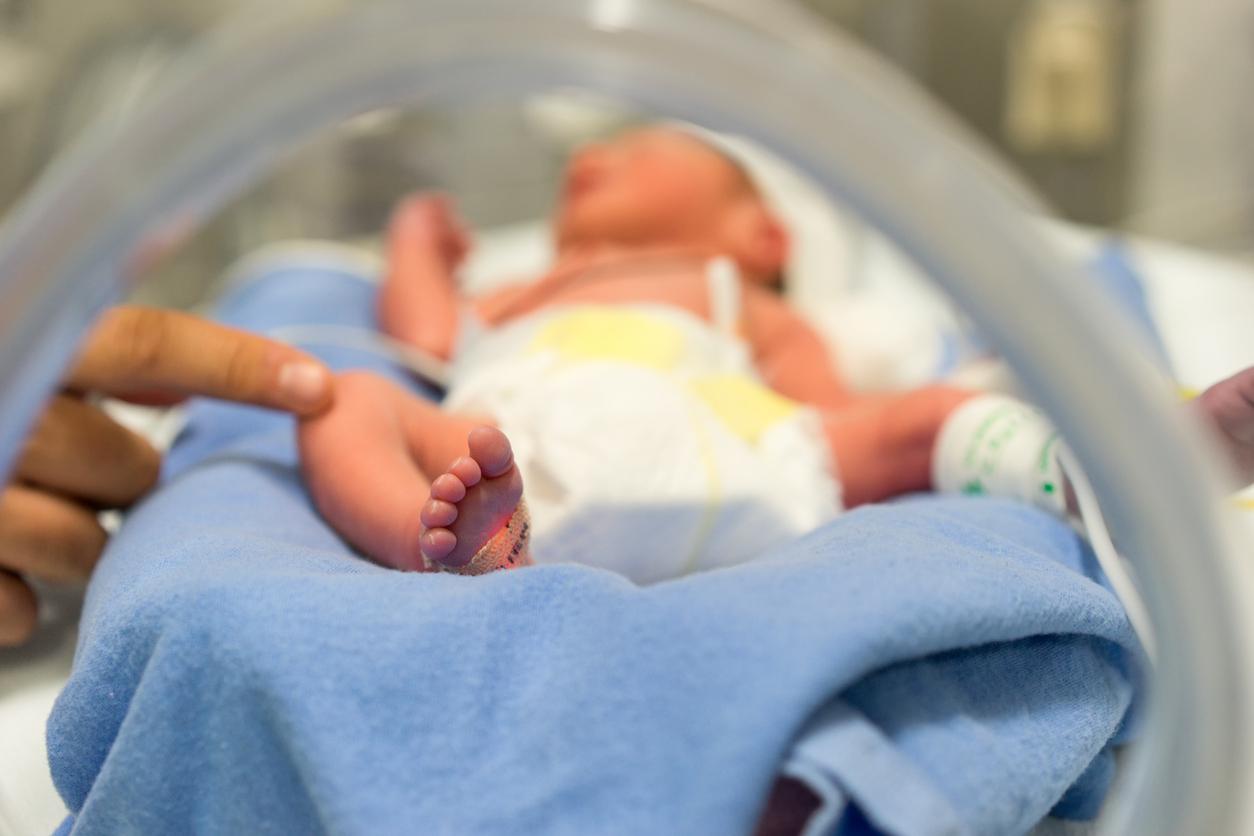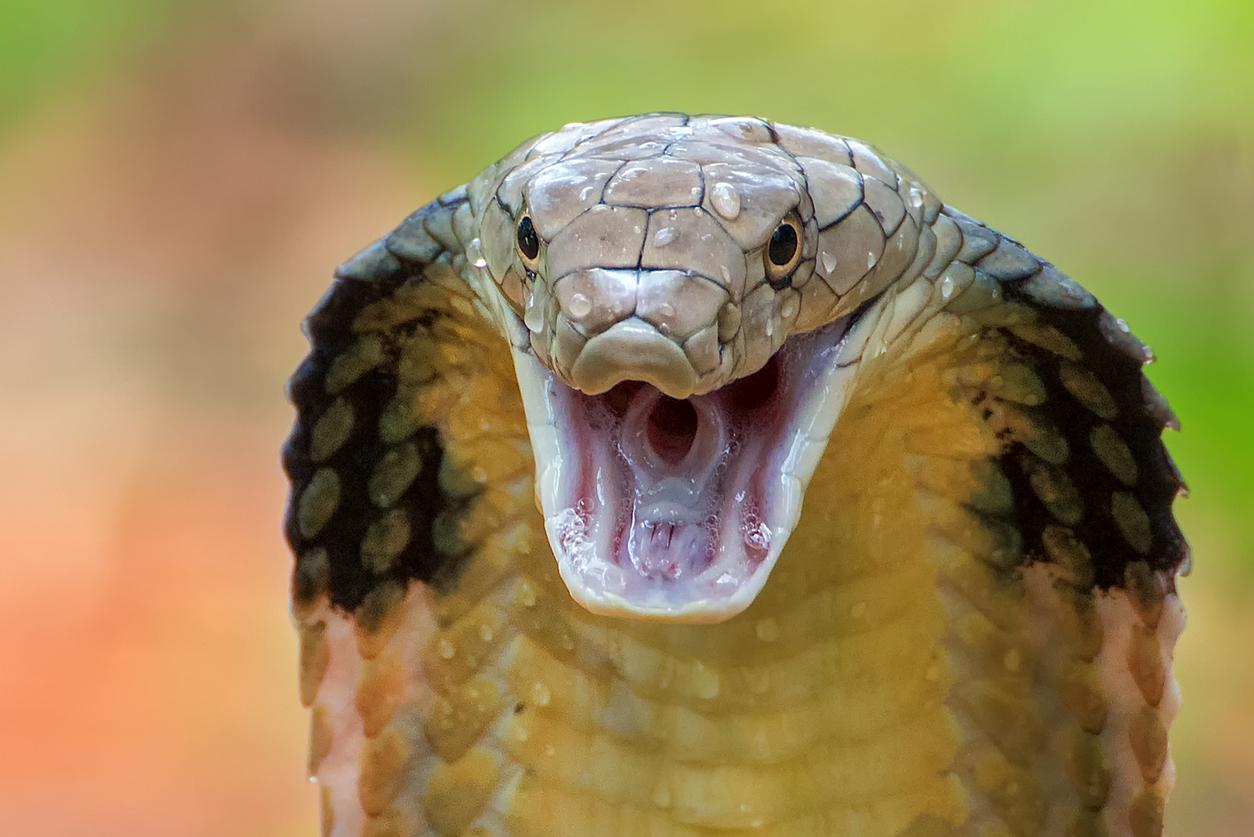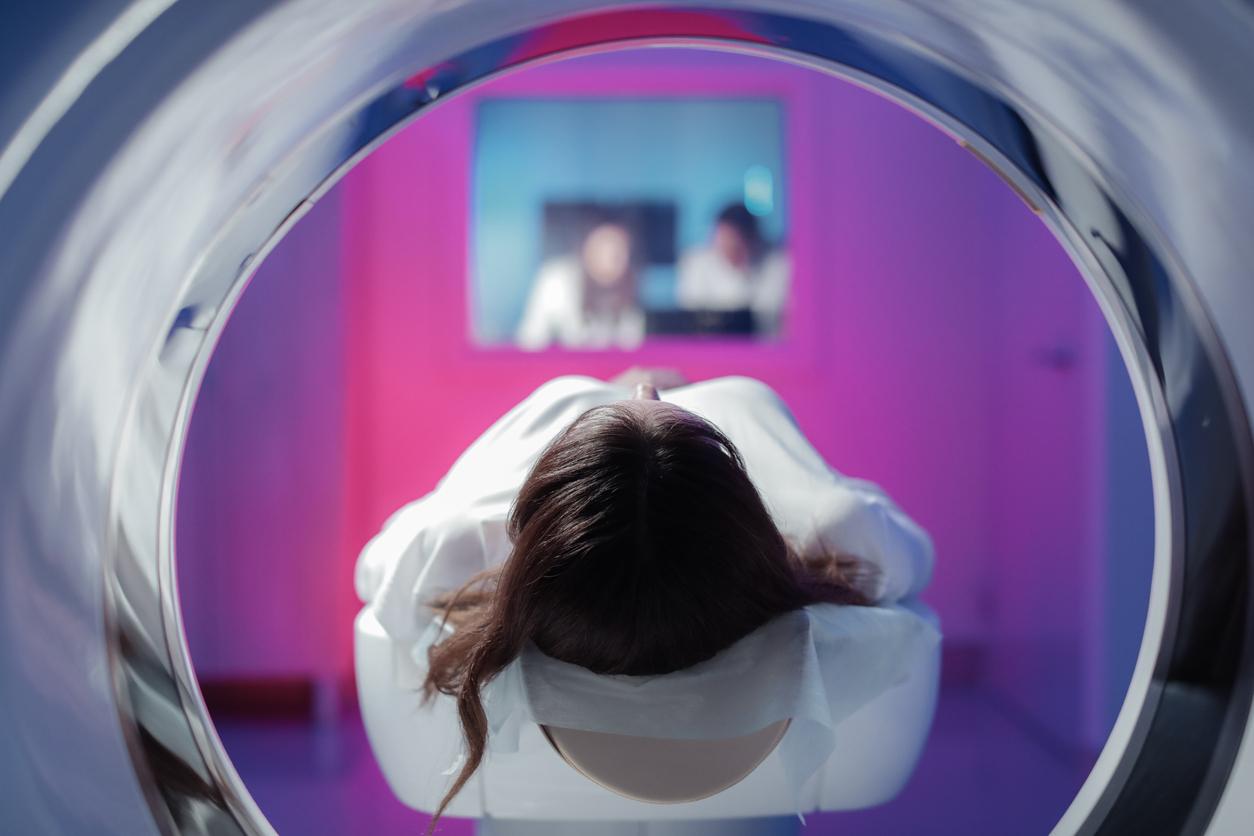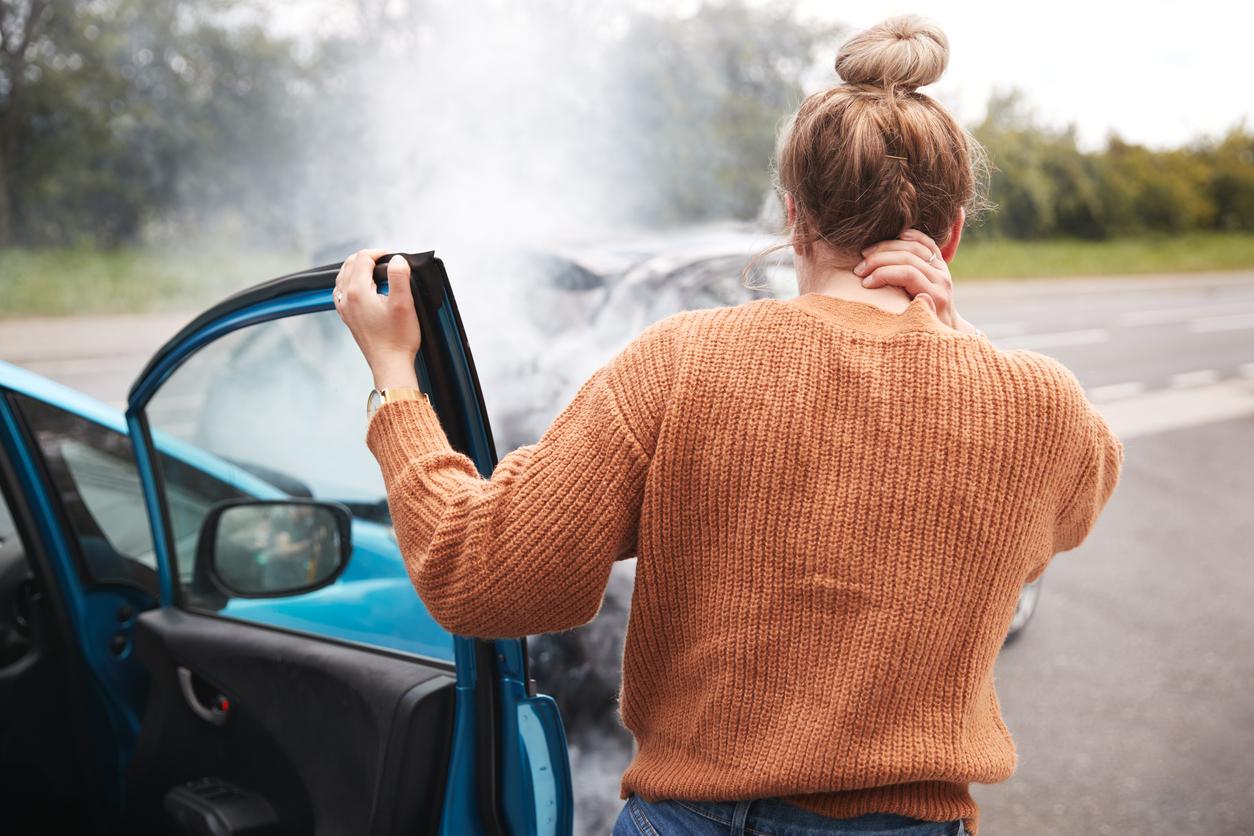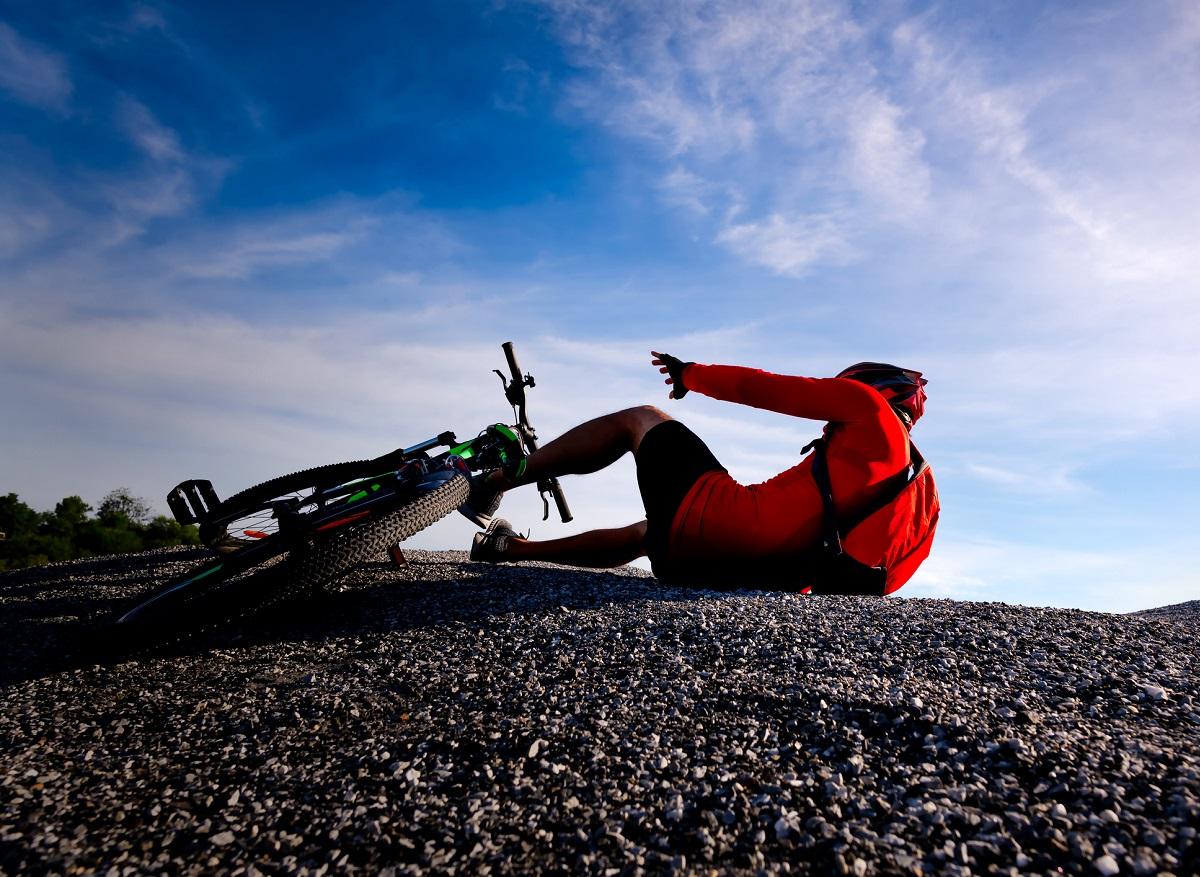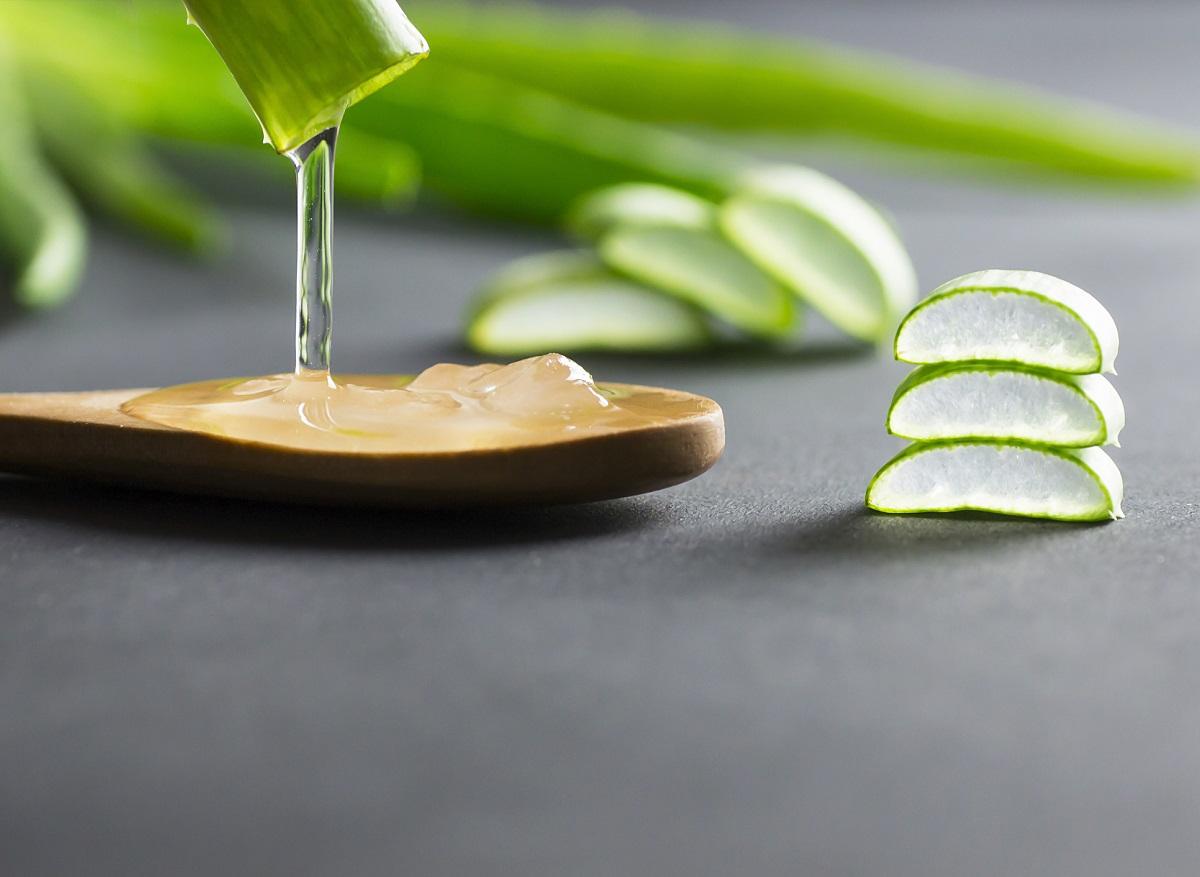Thanks to the combination of several phenomena, the cells can move automatically towards the injured area.
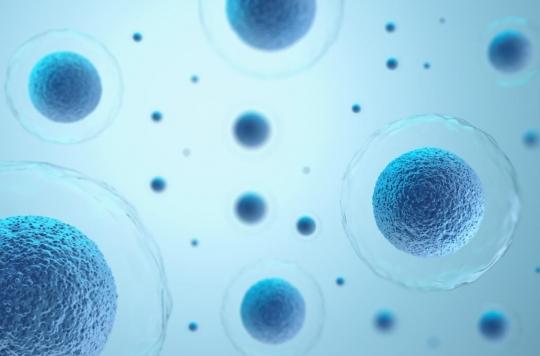
We would have between 10,000 and 100,000 billion cells in the body. Each of them has a specific role in the body. When we hurt ourselves, cells immediately move to heal the wound. Edouard Hannezo, researcher at the Austrian Institute of Science and Technology, in collaboration with a team from Kyoto University (Japan) wanted to better understand this phenomenon. In the specialist journal Nature Physicshe explains the experiment he conducted to decipher cell movement.
A study carried out using a mathematical model
Each cell has chemical signals, made up of proteins. This tool allows them to feel the movement of other cells around them, and therefore know if they are being dragged towards an area or repelled. Thanks to a mathematical model and the use of an artificial tissue, similar to the skin, the researchers analyzed the cellular waves, that is to say the coordinated movements of the cells.
Two types of cellular waves
Scientists have found that in the absence of injury, these cell waves travel in no particular direction. Once a wound is created on one part of the skin, the cells only spread away from it. They speculate that cellular waves could be a communication tool, to alert cells located far from the injury and give them direction to follow. The waves are created thanks to the interaction between different phenomena: cell movement, the ability of cells to detect their environment and the activation of proteins. There are several types of waves: density waves and protein activity waves. The former push the cells in their direction, but in small movements, back and forth. The protein waves then intervene, once the proteins have been activated: they will accelerate the speed of movement of the cells, which will quickly take the direction of the first wave.
Proteins “on”!
The researchers then wanted to see the action of the proteins live: they modified proteins so that they give off light when they are active. Then they analyzed what was happening on the artificial fabric. They were able to observe the delays between the two types of waves through observation of protein activation and predict the wave patterns. “This mechanism of self-organization is remarkable, note the researchers in a communicated. This shows how coordinated behavior can occur in our body.”
.







